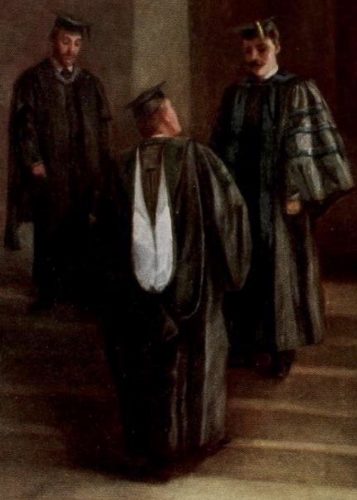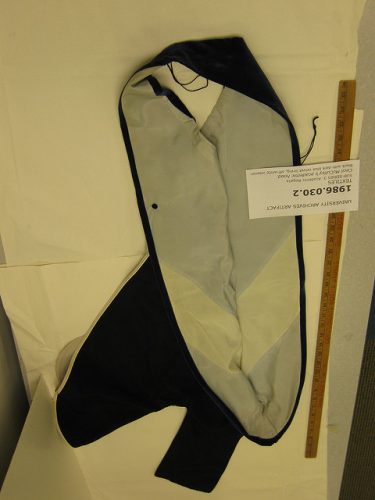Columbia University
New York
1754
Includes Barnard College (1889), which has been affiliated with Columbia since 1900.
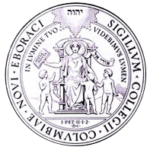



Columbia University’s colors have been cited as “blue and white” since 1852, when blue began to be used as the color of Columbia’s Philolexian Society and white began to be used as the color of Columbia’s Peithologian Society. Beginning in 1896, Columbia’s colors would be more precisely described in the World Almanac, Columbia catalogues, and other sources as light blue (or sky blue) and white. But while the general shade of what became known as “Columbia blue” has been consistently light, the exact shade has varied over the years, including azure, cornflower blue, and cyan.
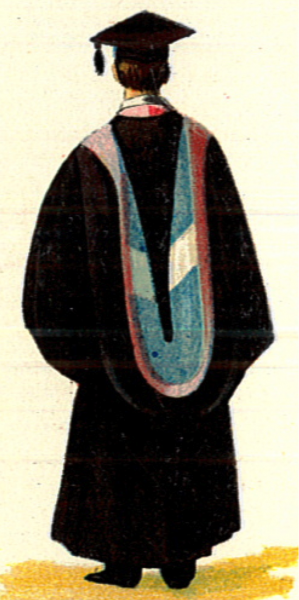
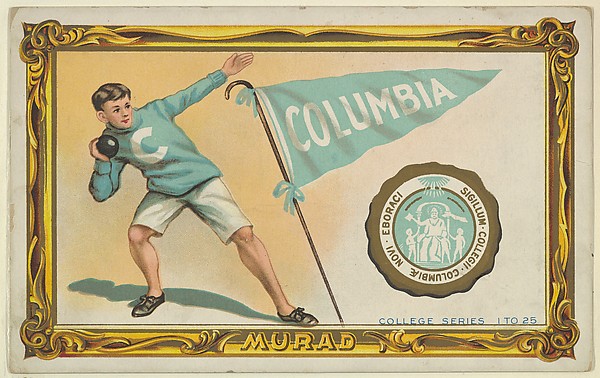
Citations in the World Almanac (listed by cover date; color information is from the previous year): blue/white (1895); light blue/white (1896-1915); sky blue/white (1916); light blue/white (1917-1935)
In 1894 Princeton invited other universities to join an “Intercollegiate Commission on Academic Costume” to draft a uniform system of academic costume for American colleges and universities. Representatives from Columbia, New York University, Princeton, and Yale served on this committee, which used Columbia’s system of academic costume as the basis for the new “Intercollegiate Code of Academic Costume” the Commission approved on 16 May 1895.
The Board of Trustees of Columbia University formally adopted this Intercollegiate Code on 7 October 1895, stating that the lining of its hoods would be light blue and white without describing the heraldic division that would be used to separate the colors. After this information was reported to the Intercollegiate Bureau of Academic Costume (IBAC), Columbia was assigned a hood with a light blue lining and a white chevron, a lining pattern that has remained unchanged ever since.
